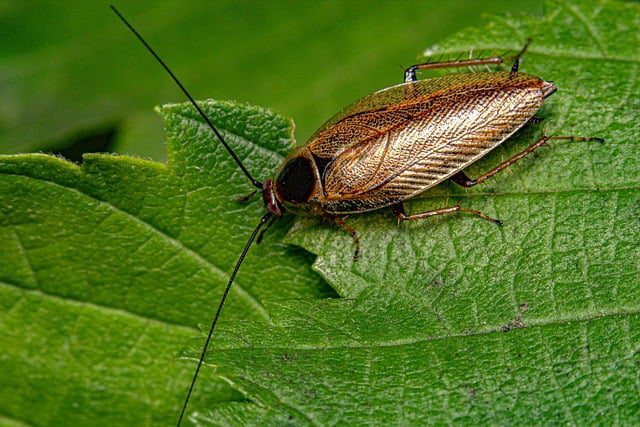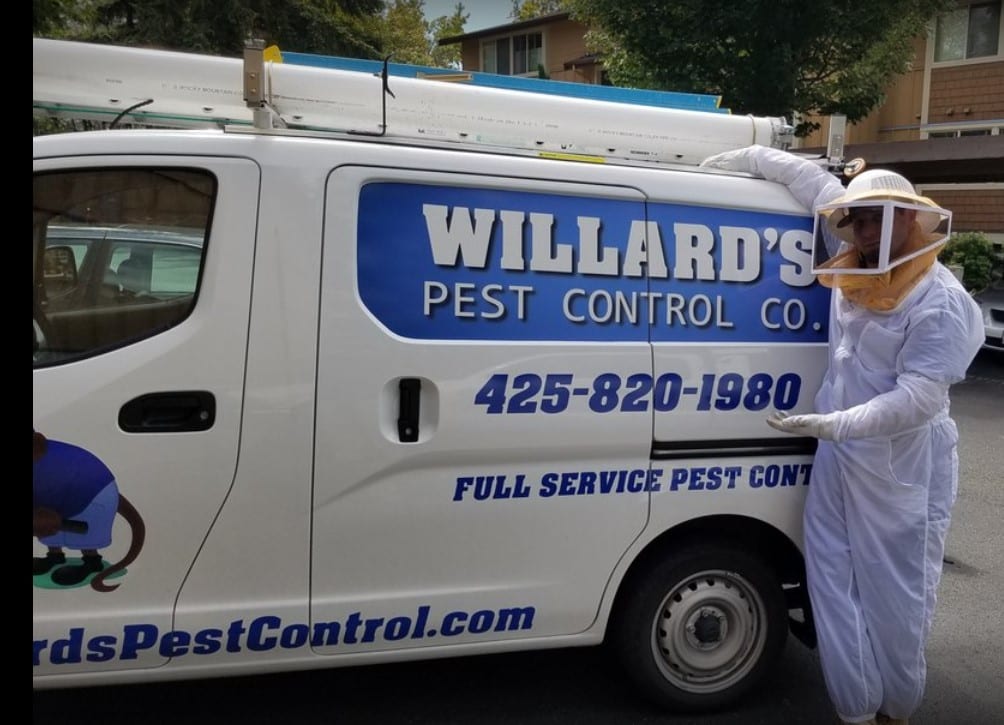
Discovering roaches in your home can be unsettling, especially when you’ve worked hard to maintain a spotless living space. These unwelcome guests are champions of adaptation and resilience, thriving in environments that seem inhospitable to us. Despite your best efforts to keep your home clean, roaches can still find ways to invade, driven by their relentless pursuit of survival. In this blog post, we’ll delve into the underlying reasons why cockroaches might appear in a clean house. From hidden food sources and water availability to unnoticed entry points, we’ll uncover the secrets behind their persistence. We’ll also provide practical preventive measures to help you effectively tackle this issue and restore your peace of mind.
Understanding Roach Behavior
Cockroaches are one of nature’s most adaptable and resilient creatures, capable of thriving in a variety of environments. Their evolutionary success is largely due to their ability to quickly acclimate and survive, even in seemingly inhospitable conditions. This adaptability means that even the cleanest of homes are not immune to these persistent pests.
Roaches are not solely attracted to unkempt or dirty spaces; instead, they are drawn to environments that satisfy their fundamental needs: food, water, and shelter. These basic requirements can be met in any home, regardless of its cleanliness. For instance, roaches can find sustenance in minute food particles overlooked in regular cleaning routines, moisture from leaks or condensation, and warmth and protection in hidden crevices.
Their ability to exploit hidden and overlooked areas is particularly noteworthy. Cockroaches can squeeze through tiny cracks and crevices, making their way into homes through practically invisible entry points. Once inside, they can hide in places that are often neglected, such as behind appliances, inside wall voids, or under sinks. This makes them a common issue even in households that maintain high standards of cleanliness.
Understanding the behavior and needs of roaches is crucial for effectively managing and preventing infestations. By recognizing that these pests are not solely a symptom of dirtiness, homeowners can take proactive steps to address the underlying environmental factors that attract cockroaches in the first place.
Hidden Food Sources
Even in the cleanest homes, hidden food sources can be a surprising draw for roaches. These pests are incredibly adept at finding sustenance in places that are often overlooked in regular cleaning routines. Areas such as under appliances, behind furniture, and in neglected corners can harbor food particles that escape even the most meticulous cleaning efforts.
Pet food is another common attractant. Leftover kibble or crumbs from feeding areas can serve as a buffet for cockroaches. Similarly, small food remnants, like crumbs from snacks or accidental spills, can accumulate in hard-to-reach places, providing a steady food supply for these unwelcome guests.
Regular and thorough cleaning is crucial to preventing roach infestations. It’s important to move appliances and furniture periodically to clean beneath and behind them. Vacuuming neglected corners and sweeping up any stray food particles can significantly reduce the risk of attracting roaches. Additionally, storing pet food in sealed containers and promptly cleaning feeding areas can further minimize potential food sources.
By paying attention to these often-overlooked areas and maintaining a routine of thorough cleaning, homeowners can effectively reduce the chances of roaches finding hidden food sources in their homes.
Water Availability
Water is a critical resource for roaches, playing a pivotal role in their survival and ability to thrive. Even in a clean home, sources of moisture can become attractants for these pests, often as enticing as food. Cockroaches are drawn to any environment that provides them with hydration, making leaks, condensation, and excess moisture prime targets.
Common household areas often accumulate moisture unnoticed, providing ideal conditions for roaches. Under sinks is a frequent culprit, where small leaks or drips may go unchecked. Around plumbing fixtures, even tiny amounts of moisture can be enough to draw these resilient creatures. Basements, known for higher humidity levels, can also harbor cockroaches, especially if ventilation is poor. Appliances like refrigerators and dishwashers can also contribute to moisture buildup; condensation around these machines can create a perfect roach habitat.
Regular checks and maintenance are essential to preventing moisture buildup that attracts roaches. Inspecting and repairing any leaks promptly can make a significant difference. Ensuring proper ventilation in humid areas, using dehumidifiers in basements, and routinely checking around appliances for condensation are all effective strategies. By proactively managing moisture, homeowners can significantly reduce the appeal of their homes to roaches, keeping these unwanted pests at bay.
Entry Points
Roaches are notorious for their ability to infiltrate homes through the smallest of openings. Their flattened bodies allow them to squeeze through tiny cracks and crevices, making it crucial for homeowners to identify and seal potential entry points. Even in a clean house, leaving these gaps unaddressed can lead to unwelcome roach visits.
Sealing entry points is one of the most effective strategies to prevent a roach infestation. Small cracks in walls, gaps around windows and doors, and openings near plumbing fixtures and utility lines are all common entryways for cockroaches. By thoroughly inspecting and sealing these areas, you can greatly reduce the likelihood of roaches making their way inside.
Here is a checklist to guide your inspection and sealing process:
- Windows and Doors: Check for any gaps or cracks around frames. Use weather stripping or caulking to seal these areas.
- Plumbing Fixtures: Inspect under sinks and around pipes for any openings. Seal gaps with expanding foam or silicone caulk.
- Utility Lines: Examine areas where electrical, cable, or gas lines enter the home. Use mesh or sealant to block any openings.
- Basements and Attics: Look for cracks in the foundation or attic walls. Apply sealants or use concrete patching for larger gaps.
- Vent Covers and Chimneys: Ensure all vent covers are secure and consider installing mesh screens over chimney openings.
By regularly checking these potential entry points and taking steps to seal them, you can effectively create a barrier against roaches, maintaining a clean and pest-free home.
Preventive Measures and Solutions
To maintain a clean home that is free of roaches, implementing preventive measures and solutions is essential. Here are some practical tips to reduce roach attraction and effectively manage infestations:
Regular Deep Cleaning
Consistent and thorough cleaning is crucial. Focus on areas prone to accumulating food particles and moisture, such as kitchens and bathrooms. Regularly clean under appliances, behind furniture, and in other often-neglected spaces. This not only removes potential food sources but also disrupts any nesting sites.
Proper Food Storage
Storing food properly is critical in deterring cockroaches. Keep food in sealed containers to prevent access. Clean up crumbs and spills immediately, and avoid leaving pet food out overnight. Dispose of garbage regularly and ensure trash bins have secure lids.
Eliminating Clutter
Roaches thrive in cluttered environments where they can find shelter. Declutter your home, especially storage areas, to eliminate hiding places. Regularly organize and clean storage spaces to reduce the risk of infestations.
Regular Maintenance and Vigilance
Maintaining a roach-free home requires ongoing effort and vigilance. Regularly inspect potential entry points and seal any gaps or cracks. Monitor high-risk areas for signs of roaches and address issues promptly. Setting up a routine for deep cleaning and maintenance can help prevent future infestations.
By combining these preventive measures and solutions, homeowners can significantly reduce the likelihood of roach infestations, maintaining a clean and comfortable living environment.
Conclusion
In conclusion, understanding why cockroaches might appear in a clean house is crucial for effective cockroach prevention and management. Despite a home’s cleanliness, roaches are drawn to environments that meet their basic needs, such as food, water, and shelter. Hidden food sources under appliances, unnoticed water availability from leaks or condensation, and entry points through small cracks and crevices are common culprits. By recognizing these factors, homeowners can take proactive steps to seal entry points, maintain regular cleaning routines, and use both natural and chemical deterrents to keep these resilient pests at bay. Implementing the preventive measures and solutions discussed will help maintain a roach-free environment, ensuring comfort and peace of mind.


